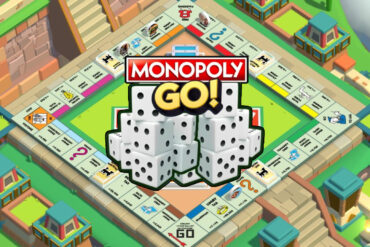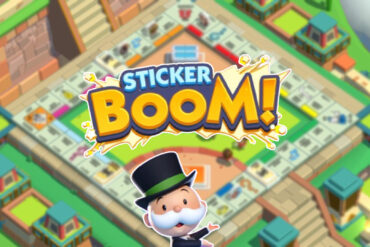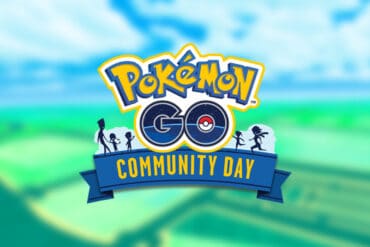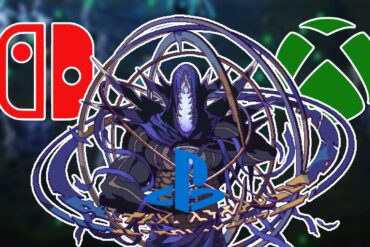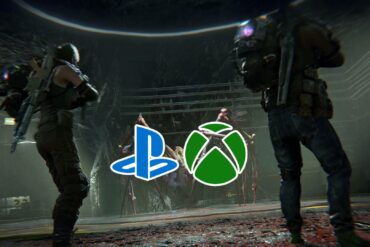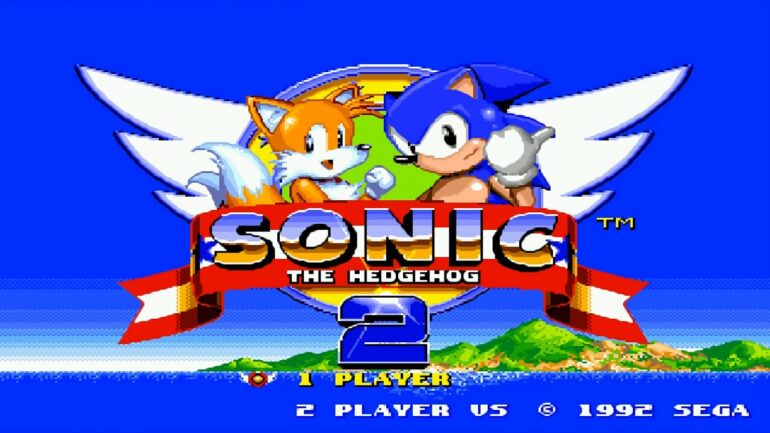For Americans, November is a significant month of the year due to Thanksgiving. It is a time to be grateful for what one has and to appreciate all the good things in one’s life. It is a time of food, family, and fun. But for gamers, the end of November may have a different significance. Today is November 24, and for those of us who were alive during the early ’90s, we may remember it as a day of great significance in video game history. Back on November 24, 1992, it was also known as Sonic 2sday. It was the day that Sonic the Hedgehog 2 was released, and it was a day that shook up the gaming industry.
For many people during this gaming generation, Sonic the Hedgehog 2 is their favorite game in the franchise. And hey, it is a darn good Sonic game and a darn good platformer. It took a lot of what was in the original Sonic the Hedgehog and polished it to an even greater experience. The quality and success of Sonic 2 helped cement Sega and Genesis as contenders against Nintendo and the SNES. This was the start of where Sonic was getting shot up into the ranks of video game superstars.
While Sonic’s ascent into pop culture certainly helped Sega, it was not the reason why Sonic 2sday is so important. To understand that, we have to go back to the early 90s and look at what was going on in the industry at that time.
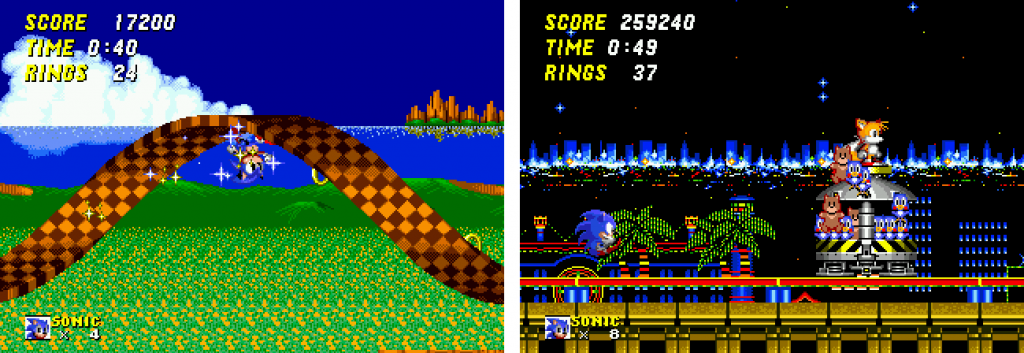
A Blur From the Past
After the Great Video Game Crash of 1984, Nintendo effectively resuscitated the industry in the US and made gaming a big business with the Nintendo Entertainment System (NES). Other companies did try to compete during that era, including Sega (with the Master System), but nothing could compare to the NES. Nintendo effectively had a monopoly during the 8-bit Generation in the US. Any company that wanted to fight Nintendo in the late ’80s and early ’90s faced an uphill battle. In order to dethrone Mario, competitors would have to be bold, daring, and aggressive.
And so, in the early ’90s, that’s exactly what Sega did. With the Master System not selling well in the United States, Sega hurried the development of their 16-bit system, the Sega Genesis (Mega Drive outside of us), in order to beat Nintendo to the punch. The company purposely designed a cool and hip mascot to appeal directly to Americans. And they proceeded to unleash an advertising campaign that directly put them head to head with Nintendo.
Sonic 2sday
This strategy allowed the first Sonic game to take off and allowed Sega to portray itself as the “cool” video game company, as opposed to Nintendo’s more child and family-friendly image. It was enough to allow Sega to take a sizeable chunk of the market share from Nintendo in those early days, but they wanted to keep up the momentum. As the Sega Technical Institute and Yuji Naka worked on Sonic 2, Sega’s marketing team knew they had one heck of a game on their hands. Now, all they had to do was figure out a way to get even more people to notice it. And that’s when Sega marketers Al Nilsen and Diane Fornasier came up with a brilliant idea: Sonic 2sday.
Back in the ’90s, video games were not generally given specific release dates. It was more like release windows; sometimes it would be a month, sometimes it would be a season. Basically, you would only have a vague idea of when a game was coming out. If you wanted to get the newest hot games, you’d have to go to your favorite retailer and hope that they got lucky, and that you did as well.
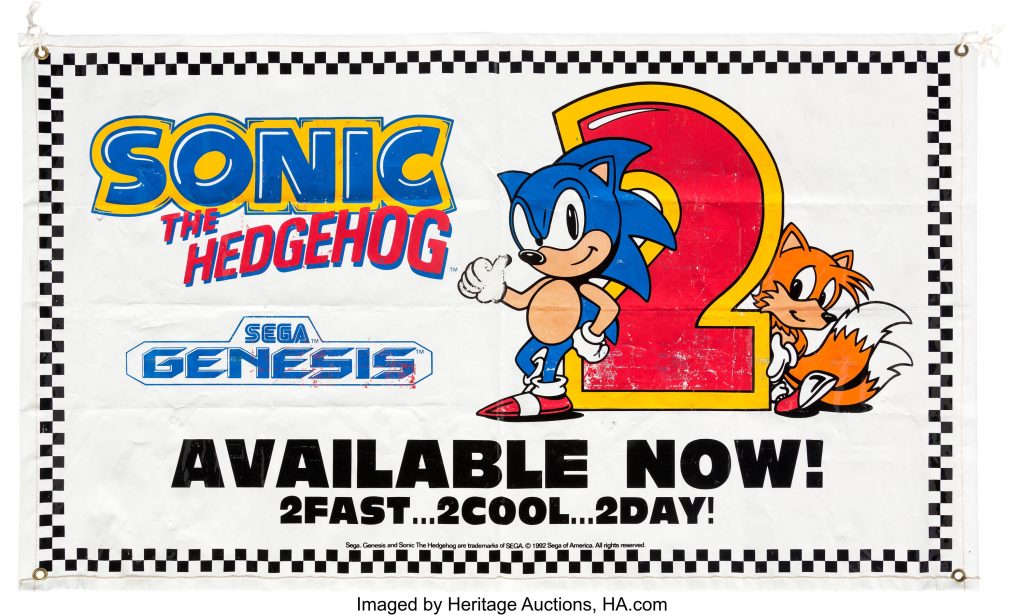
Nilsen and Fornasier looked at the way movies were being released. You choose a day for a big-name movie, and people get excited because they know a specific day to shoot for. They submitted the idea for a global release date to Sega of America President Tom Kalinske, and the company set to work organizing it with shipping companies and retailers. The logistics of having a global release event were massive, and there were a million things that could potentially go wrong with it.
All Square
But Sega pulled it off. On November 24, 1992, Sonic 2sday went off with only a minor hiccup or two. All around the world, Sonic 2 went on sale (with the minor exception of Japan, where it was released a few days early, but that is another story). And it was a roaring success, Sonic 2 became one of the best-selling Sega Genesis games. When the excitement for Sonic 2sday made the news, several executives at Nintendo of America said something to the effect of, “Sega has stolen Christmas.” People went out in droves to get the Genesis to play this game, and it proved that Nintendo was not the only company in the video game market.
While we take the idea of video game release dates for granted now, I remember that even into the late ’90s, a lot of companies still did general release windows for games. And nowadays, there are more console companies than just Nintendo. Sega’s boldness managed to loosen Nintendo’s grip on the market, allowing for more diversity in what was released and shaking up the industry. Without Sega, the little blue hedgehog, and Sonic 2sday, gaming would probably look very different today.
So, whether you are a Sonic fan or not, I wish all of you gamers out there a very happy Sonic 2sday. I know that I am grateful for the impact it had on this quirky little hobby of ours.

